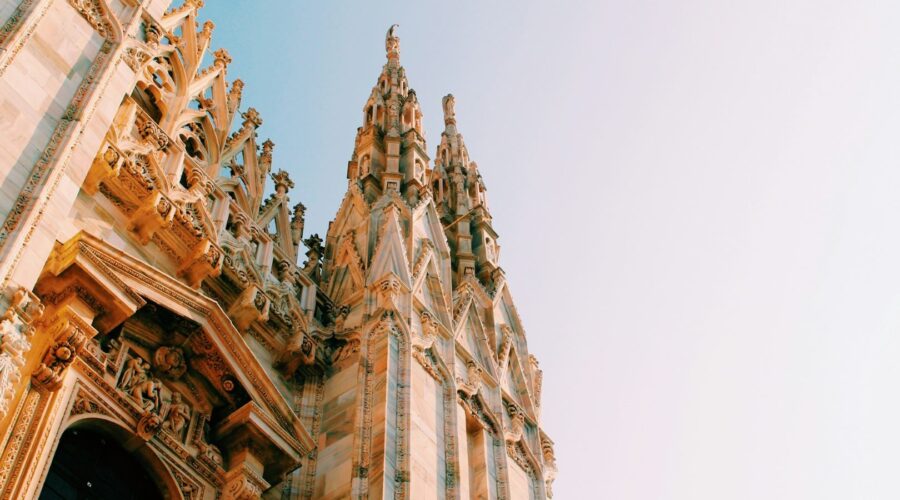Your cart is currently empty!
St. Boniface: The Apostle of Germany and Patron Saint of Mariners

Early Life and Education
Boniface was born Winfrid around 675 AD in Crediton, England. He received a thorough education at the Benedictine monastery of Exeter, where he studied theology, grammar, and rhetoric. His thirst for knowledge led him to pursue further studies at the abbey of Nursling, where he excelled in his studies and was ordained a priest in 710 AD.
Missionary Work in Germany
In 719 AD, Boniface heeded the call to spread Christianity among the pagan tribes of Germany. With the blessing of Pope Gregory II, he embarked on a dangerous and arduous mission. He traveled through Thuringia, Hesse, and Bavaria, preaching the Gospel and baptizing thousands.
Felling the Sacred Oak of Thor
One of Boniface’s most famous acts was the felling of the sacred oak of Thor at Geismar, near Kassel. This sacred tree was the centerpiece of pagan worship in the region. By cutting it down, Boniface symbolized the triumph of Christianity over paganism.
Establishment of Dioceses and Monasteries
As his missionary work progressed, Boniface founded several dioceses, including those of Mainz, Würzburg, and Paderborn. He also established monasteries and churches throughout Germany, providing centers for worship, education, and social services.
Archbishop and Martyr
In 732 AD, Boniface was appointed archbishop of Mainz by Pope Gregory III. As archbishop, he continued his missionary work and promoted reforms within the Frankish Church. In 754 AD, while on a confirmation tour in Friesland, Boniface and his companions were attacked by a mob of angry pagans. They were martyred on June 5, 754 AD.
Patron Saint of Mariners
Boniface is also known as the patron saint of mariners. This connection stems from a legend that during a storm, he calmed the waters by invoking the Trinity. Sailors and fishermen often pray to St. Boniface for protection and safe passage.
Legacy and Impact
St. Boniface’s legacy is immense. He is considered the “Apostle of Germany” for his role in converting the pagan tribes to Christianity. His missionary work paved the way for the establishment of the Christian church in Germany and laid the foundation for the development of Western civilization in central Europe.
Churches and Relics
- Mainz Cathedral houses the tomb of St. Boniface.
- Fuldatal Monastery, near Kassel, is built on the site of Boniface’s martyrdom.
- Fulda Cathedral contains relics of St. Boniface.
- Numerous churches throughout Germany are dedicated to St. Boniface.
Feast Day and Iconography
St. Boniface’s feast day is celebrated on June 5th. He is often depicted in art as a bishop holding a sword or a book, symbolizing his role as a missionary and martyr.
Conclusion
St. Boniface was a courageous and dedicated missionary who played a pivotal role in the spread of Christianity in Germany. His legacy continues to inspire and guide Christians today. As the patron saint of mariners, he is revered by sailors and fishermen who seek his protection on the open seas.
| Date | Event |
|---|---|
| c. 675 | Birth in Crediton, England |
| 710 | Ordination as a priest |
| 719 | Embarks on missionary work in Germany |
| 723 | Fells the sacred oak of Thor at Geismar |
| 732 | Appointed archbishop of Mainz |
| 754 | Martyrdom in Friesland |
Visit the Catholic Online website for more information on St. Boniface.